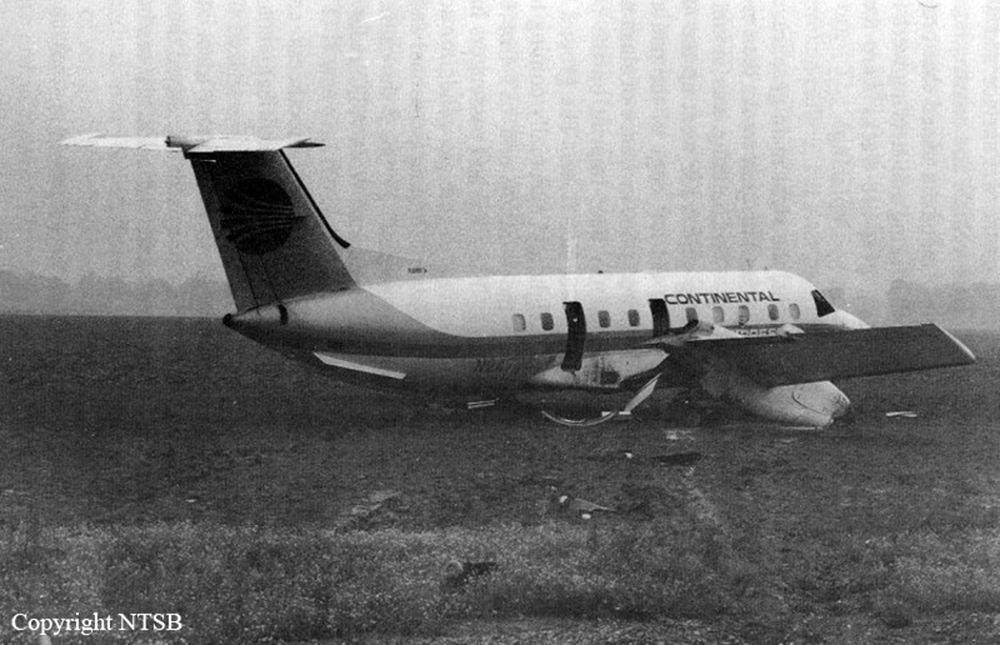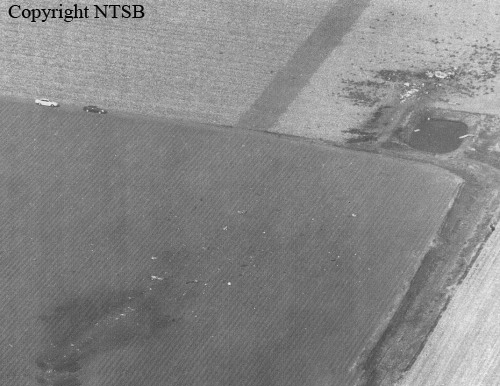Crash of a Swearingen SA226T Merlin III in Santa Fe: 4 killed
Date & Time:
May 25, 1993 at 2114 LT
Registration:
N241DT
Survivors:
No
Schedule:
Albuquerque - Santa Fe
MSN:
T-242
YOM:
1973
Crew on board:
3
Crew fatalities:
Pax on board:
1
Pax fatalities:
Other fatalities:
Total fatalities:
4
Captain / Total hours on type:
3550.00
Aircraft flight hours:
3677
Circumstances:
The purpose of the training flight was to conduct part 135 checkrides for a pilot-in-command and a second-in-command upon completion of the crew's training. The checkride was being observed by an FAA inspector seated in the cabin. After completing an ILS approach to runway 02, the flight was cleared to circle to land on runway 15. The airplane was observed overflying runway 15 and lined up for runway 20. The tower advised the pilot that he was lined up for runway 20, and was given the option to land on either runway 15 or runway 20. The pilot opted for runway 15 and was cleared to a right downwind. The airplane impacted a hill at the 6,870-feet level near the crest, approximately 5 miles west of the airport. The published circling MDA for the ILS runway 02 approach is 6,860 feet. The airport is located about 9 miles from the city, and several local pilots reported a total lack of visual reference in that segment. All four occupants were killed.
Probable cause:
The pilot's poorly planned circling approach, and his failure to maintain an adequate altitude. Factors which contributed to the accident were: the dark night and a lack of visual reference.
Final Report:






